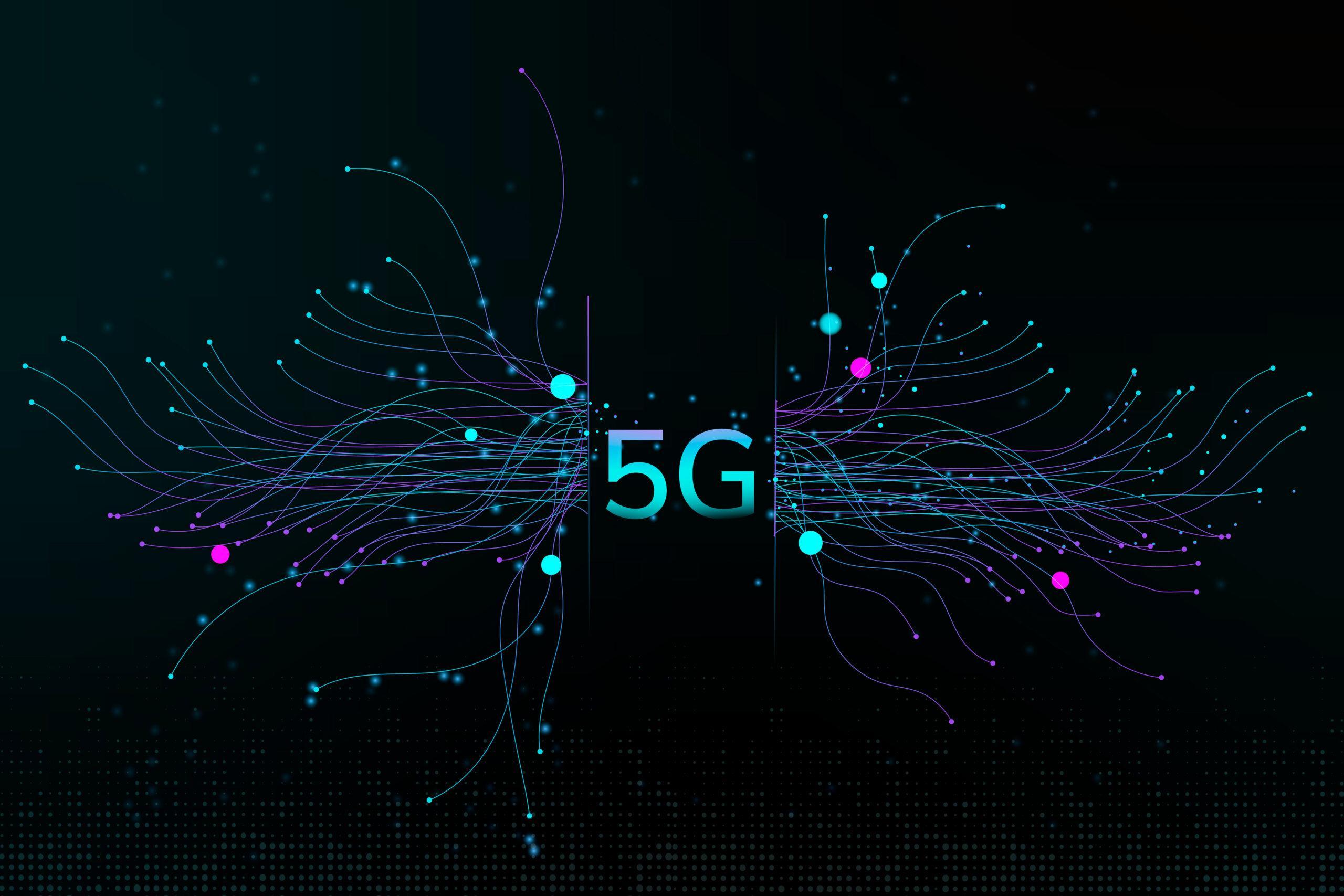The Birth of the Quantum Internet’s First Operating System
In a major leap toward practical quantum networking, researchers have developed the world’s first operating system capable of coordinating diverse quantum computers into a functional network. This breakthrough software, called QNodeOS, could finally provide the missing link needed to transform isolated quantum devices into a powerful, interconnected quantum internet.
Breaking Down Quantum Barriers
Quantum computers have long faced a compatibility crisis. Different machines use varied quantum bits (qubits) – from diamonds to charged atoms – each requiring specialized control. QNodeOS solves this by acting as a universal translator, allowing these disparate systems to communicate and collaborate seamlessly.
The Delft University team, led by quantum networking pioneer Stephanie Wehner, successfully tested the system with:
- Diamond-based quantum computers (with nitrogen vacancy centers)
- Ion trap quantum computers (using charged atoms)
In experiments, QNodeOS simultaneously managed:
✓ Secure delegated quantum calculations (akin to quantum cloud computing)
✓ Multitasking across different quantum programs
✓ Integration with classical computer networks
Why This Changes Everything
Current quantum devices operate in isolation. QNodeOS introduces three revolutionary capabilities:
- Hardware Agnosticism
- Controls any qubit type (superconducting, photonic, trapped ions)
- Bridges quantum and classical signals
- Network Scalability
- Enables future “quantum routing” between nodes
- Lays groundwork for long-distance quantum entanglement distribution
- Practical Functionality
- Demonstrates real-world tasks like secure delegated computing
- Manages resource allocation between quantum programs
“Before QNodeOS, building a quantum network meant reinventing the wheel for each hardware type,” Wehner explains. “Now we have the foundation to actually build useful networks.”
The Road Ahead
While celebrating this milestone, researchers acknowledge significant work remains:
- Developing quantum network protocols (akin to TCP/IP for the quantum web)
- Creating error-correction systems for noisy quantum channels
- Establishing security standards for multi-node operations
Joe Fitzsimons of Horizon Quantum compares the current stage to “the ARPANET days of quantum networking” – the primitive beginnings of what would become the modern internet.
A Coloring Book Approach
Wehner likens their progress to outlining a coloring book’s shapes: “We’ve drawn the framework – now comes the exciting part of filling in all the details.” Unexpected challenges have already emerged, like how to schedule tasks across quantum networks, which she calls “a fascinating new puzzle we didn’t even anticipate.”
As quantum computers grow more powerful, QNodeOS could enable breakthroughs in:
- Ultra-secure communications (quantum key distribution at scale)
- Distributed quantum sensing networks
- Cloud-based quantum computing access
This operating system represents more than technical achievement – it’s the first concrete step toward a functioning quantum internet that could redefine global communication and computation within our lifetimes.
The research team plans to expand testing to additional quantum hardware platforms throughout 2025, bringing us closer to the day when quantum networks become as commonplace as today’s classical internet.

